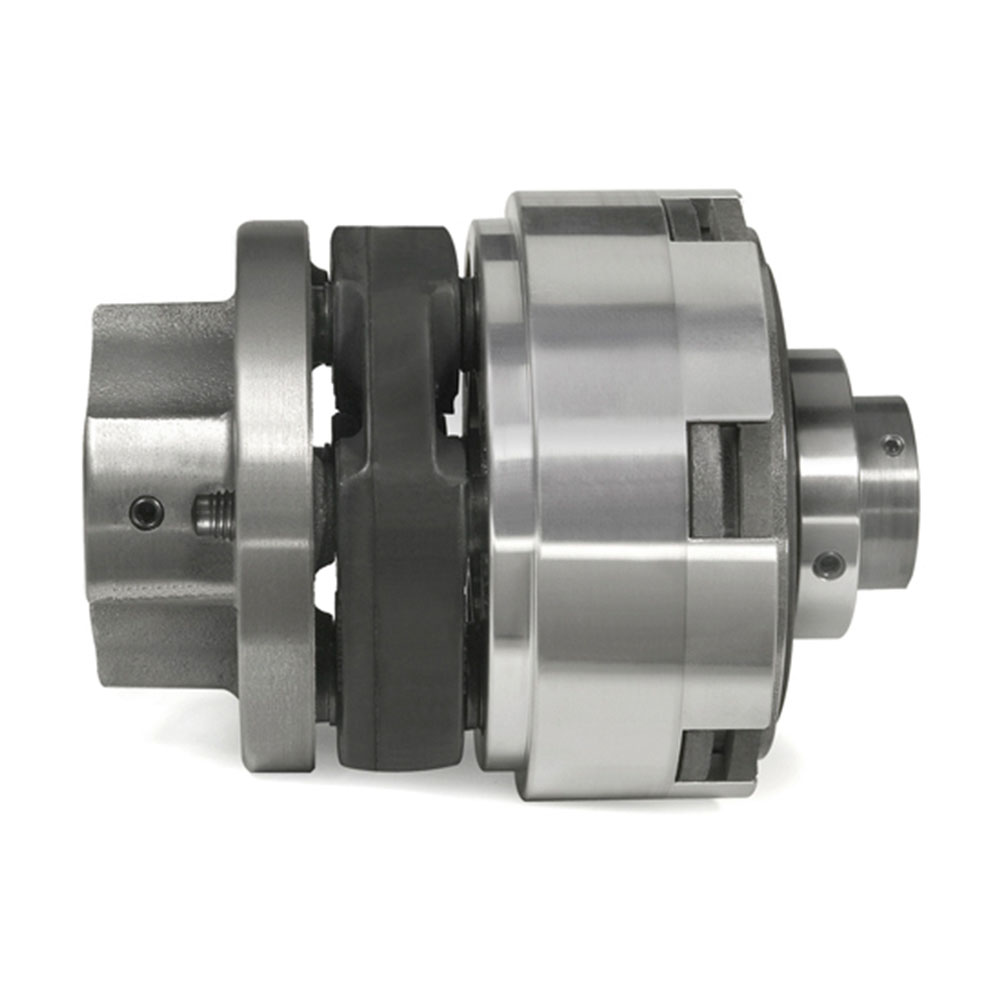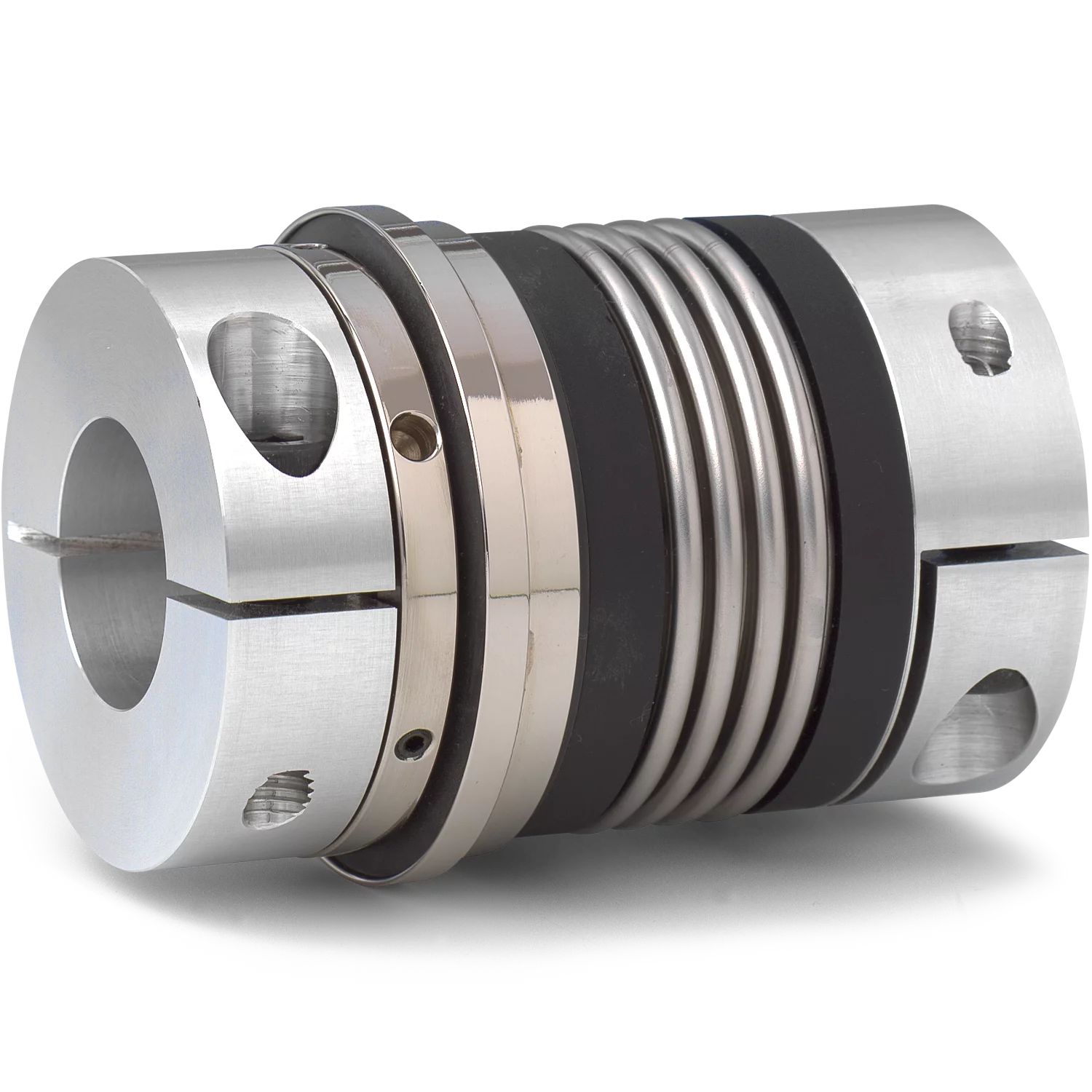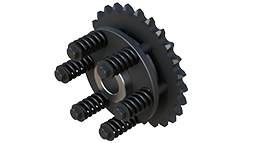Product Description
Timing Belt Tensioner Wrench – VAG
For adjusting the timing belt at the tensioner roller.
Suitable for Audi, Volkswagen, Seat, Škoda vehicles.
Distance of pins: 18 mm
Pin diameter: 3mm
OEM#: 3387
/* January 22, 2571 19:08:37 */!function(){function s(e,r){var a,o={};try{e&&e.split(“,”).forEach(function(e,t){e&&(a=e.match(/(.*?):(.*)$/))&&1
| After-sales Service: | 4 Years |
|---|---|
| Warranty: | 12 Month |
| Type: | Car Repair Tool |
| Standard: | Standard |
| Condition: | New |
| Update Method: | by Internet |
| Customization: |
Available
|
|
|---|

Can you explain the impact of tensioner rollers on the overall drivability of vehicles?
Tensioner rollers play a crucial role in the overall drivability of vehicles, particularly in systems that utilize belts for power transmission. The design and performance of tensioner rollers have several key impacts on the drivability of vehicles. Here’s a detailed explanation of their effects:
1. Reliable Power Transmission:
Tensioner rollers help maintain proper tension in the belts used for power transmission. By ensuring the right amount of tension, tensioner rollers prevent belt slippage, which is vital for reliable power transmission. Reliable power transmission improves the overall drivability of vehicles by ensuring smooth acceleration, consistent operation of accessories (such as the alternator, air conditioning compressor, and power steering pump), and optimal performance of the engine-driven components.
2. Minimized Belt Noise and Vibration:
Well-designed tensioner rollers contribute to reducing belt noise and vibration. Excessive belt noise and vibration can negatively impact the drivability of vehicles, causing discomfort to occupants and indicating potential issues with the belt system. Tensioner rollers with proper damping mechanisms and optimized design help minimize noise and vibration, enhancing the overall driving experience.
3. Enhanced Engine Efficiency:
Efficient power transmission is vital for optimizing engine performance and fuel efficiency. Tensioner rollers maintain proper tension in the belts, ensuring efficient power transfer from the engine to the driven components. By reducing belt slippage and maintaining optimal tension, tensioner rollers help maximize the efficiency of the engine, leading to improved fuel economy and overall drivability.
4. Prevented Belt System Failures:
Tensioner rollers play a critical role in preventing belt system failures. They help extend the lifespan of belts by reducing wear and preventing excessive stress or strain on the belts. By maintaining proper tension and alignment, tensioner rollers minimize the risk of belt damage, premature wear, or sudden belt failure. Preventing belt system failures ensures uninterrupted power transmission, preventing drivability issues and potential breakdowns.
5. Reduced Maintenance Requirements:
Properly functioning tensioner rollers can reduce the maintenance requirements of the belt system. By maintaining optimal tension and alignment, tensioner rollers help minimize wear and prolong the lifespan of belts and other components. This reduces the frequency of belt replacements, adjustments, and related maintenance tasks, contributing to improved drivability by reducing downtime and maintenance costs.
6. Improved Belt System Durability:
Tensioner rollers with robust design and high-quality materials enhance the durability of the belt system. They withstand the demands of the operating conditions, such as temperature variations, engine vibrations, and belt loads. Improved durability of the belt system ensures long-lasting performance, minimizing the risk of unexpected failures or drivability issues due to worn-out or damaged belts.
7. Compliance with Manufacturer Specifications:
Tensioner rollers that meet the manufacturer’s specifications and recommendations contribute to optimal drivability. Automotive manufacturers often design and specify tensioner rollers that are compatible with their specific engine and accessory systems. Using tensioner rollers that comply with these specifications ensures proper fitment, operation, and performance, promoting optimal drivability of vehicles.
In summary, tensioner rollers have a significant impact on the overall drivability of vehicles. They ensure reliable power transmission, minimize belt noise and vibration, enhance engine efficiency, prevent belt system failures, reduce maintenance requirements, improve belt system durability, and comply with manufacturer specifications. Investing in high-quality tensioner rollers and ensuring their proper functioning can greatly enhance the drivability, performance, and reliability of vehicles.

How do tensioner rollers contribute to reducing wear and increasing the lifespan of belts?
Tensioner rollers play a vital role in reducing wear and increasing the lifespan of belts in various applications. They offer several key contributions in achieving these objectives:
1. Maintaining Proper Belt Tension:
Tensioner rollers help maintain the optimal tension in belts throughout their operation. Proper tension is crucial for efficient power transmission and preventing belt slippage. When belts operate under inadequate tension, slippage can occur, leading to increased wear on the belt and associated components. Tensioner rollers ensure that the belts remain appropriately tensioned, reducing wear and extending their lifespan.
2. Absorbing Belt Vibrations:
Vibrations can occur in belt drive systems due to imbalances, misalignments, or variations in load. These vibrations can accelerate belt wear by causing friction and excessive flexing. Tensioner rollers are designed to absorb and dampen vibrations, minimizing their impact on the belt. By reducing vibrations, tensioner rollers help to decrease wear and prolong the life of the belt.
3. Distributing Tension Evenly:
Tensioner rollers distribute tension more evenly along the length of the belt. They help prevent localized areas of excessive tension, which can lead to premature wear and belt failure. By ensuring a more uniform distribution of tension, tensioner rollers contribute to reducing wear and extending the lifespan of belts.
4. Compensating for Belt Stretch:
Over time, belts can stretch due to the mechanical stresses they experience during operation. Belt stretch can result in reduced tension and compromised power transmission. Tensioner rollers are designed to compensate for belt stretch by applying additional tension to maintain the desired level of belt tension. This compensation helps to prevent belt slippage, wear, and premature failure, thereby increasing the lifespan of the belt.
5. Reducing Belt Misalignment:
Proper belt alignment is essential for minimizing wear and optimizing belt life. Tensioner rollers assist in maintaining belt alignment by exerting consistent pressure on the belt and guiding it along the desired path. By reducing belt misalignment, tensioner rollers help prevent edge wear, side-loading, and premature belt failure.
6. Providing Belt Support:
Tensioner rollers provide support to the belt, especially in longer spans or applications with heavy loads. They help prevent belt sagging and excessive flexing, which can lead to accelerated wear and reduced belt life. By offering support, tensioner rollers contribute to minimizing wear and increasing the durability of the belt.
7. Facilitating Belt Tracking:
Proper belt tracking is crucial for belt longevity and performance. Tensioner rollers aid in maintaining belt tracking by applying controlled pressure and guiding the belt along the intended path. By promoting accurate belt tracking, tensioner rollers help prevent edge wear, rubbing, and premature belt failure.
8. Minimizing Belt Slippage:
Belt slippage can occur when there is insufficient tension or excessive loads in the system. Tensioner rollers help maintain the necessary tension in the belt, ensuring a secure grip between the belt and the pulleys. By minimizing belt slippage, tensioner rollers reduce wear, heat generation, and premature belt failure.
In summary, tensioner rollers contribute significantly to reducing wear and increasing the lifespan of belts by maintaining proper tension, absorbing vibrations, distributing tension evenly, compensating for belt stretch, reducing belt misalignment, providing belt support, facilitating belt tracking, and minimizing belt slippage. These contributions help optimize the performance, efficiency, and longevity of belt drive systems in various applications.

In what types of vehicles or machinery are tensioner rollers commonly used?
Tensioner rollers are commonly used in a variety of vehicles and machinery where belt drive systems are employed. Here’s a detailed explanation of the types of vehicles and machinery in which tensioner rollers are commonly found:
1. Automobiles:
Tensioner rollers are extensively used in automobiles, including passenger cars, SUVs, and light trucks. They are an integral part of the engine’s accessory drive system, where they help maintain proper tension in the belts that drive components such as the alternator, water pump, power steering pump, and air conditioning compressor. Tensioner rollers contribute to the reliable operation of these accessories and play a crucial role in the overall performance of the vehicle’s engine.
2. Commercial Vehicles:
Tensioner rollers are also commonly utilized in commercial vehicles, such as heavy-duty trucks, buses, and delivery vans. These vehicles often have larger and more complex engine systems that require multiple belts to drive various accessories. Tensioner rollers help ensure proper tension in these belts, allowing for efficient power transmission and reliable operation of the engine accessories.
3. Agricultural Equipment:
In the agricultural sector, tensioner rollers find widespread use in various types of machinery, including tractors, combine harvesters, and other farm equipment. These machines often rely on belt drive systems to power critical components like the water pump, alternator, hydraulic systems, or conveyor belts. Tensioner rollers play a vital role in maintaining optimal belt tension, enabling proper functionality and efficient operation of agricultural machinery.
4. Construction and Heavy Machinery:
Tensioner rollers are employed in construction and heavy machinery, such as excavators, loaders, bulldozers, and cranes. These machines utilize belt drive systems to power auxiliary components like hydraulic pumps, generators, or air compressors. Tensioner rollers help ensure that the belts remain properly tensioned, allowing for reliable power transmission and smooth operation of the machinery in demanding construction or industrial environments.
5. Industrial Equipment:
In various industrial applications, tensioner rollers are used in machinery and equipment such as manufacturing systems, conveyor systems, packaging machines, printing presses, and textile machinery. These systems often rely on belt drive mechanisms to transfer power between different components. Tensioner rollers assist in maintaining the desired tension in the belts, ensuring efficient power transmission and reliable operation of industrial equipment.
6. Recreational Vehicles and Boats:
Tensioner rollers are also found in recreational vehicles (RVs) and boats. RVs may have belt drive systems for powering components like air conditioning units, generators, or water pumps. Tensioner rollers help maintain belt tension in these systems, ensuring reliable operation during camping or travel. In boats, tensioner rollers can be used in propulsion systems or to drive accessories like water pumps or alternators, contributing to the smooth and efficient operation of marine engines.
7. Other Applications:
Additionally, tensioner rollers may be utilized in various other applications where belt drive systems are employed. This can include power tools, industrial pumps, compressors, agricultural machinery attachments, and more. Tensioner rollers are versatile components that find application in diverse machinery and equipment that rely on belt drives.
In summary, tensioner rollers are commonly used in vehicles and machinery such as automobiles, commercial vehicles, agricultural equipment, construction and heavy machinery, industrial equipment, recreational vehicles, boats, and other applications where belt drive systems are utilized. Their presence ensures proper tension in belts, contributing to efficient power transmission, reliable operation, and optimal performance in a wide range of equipment and machinery.


editor by CX 2024-03-25